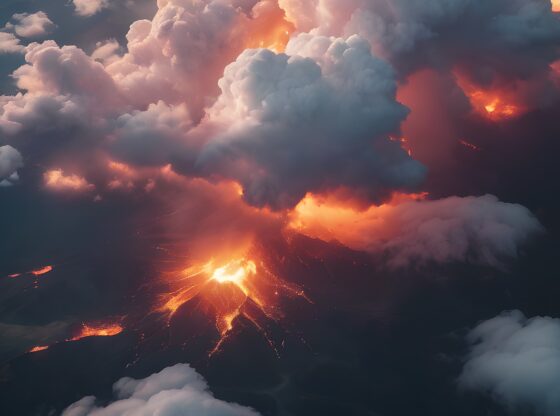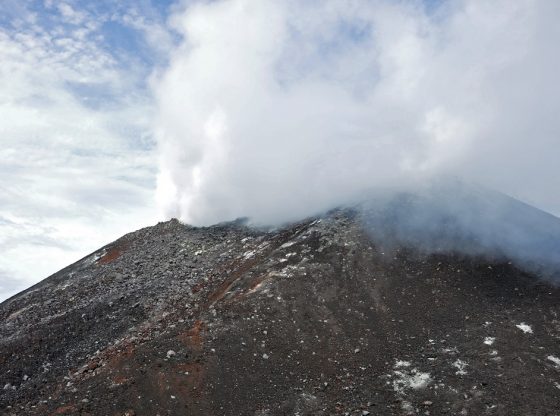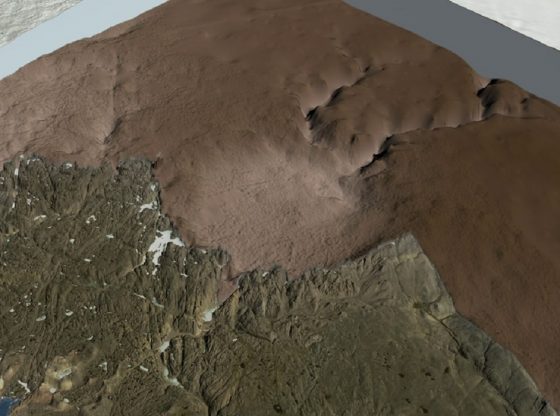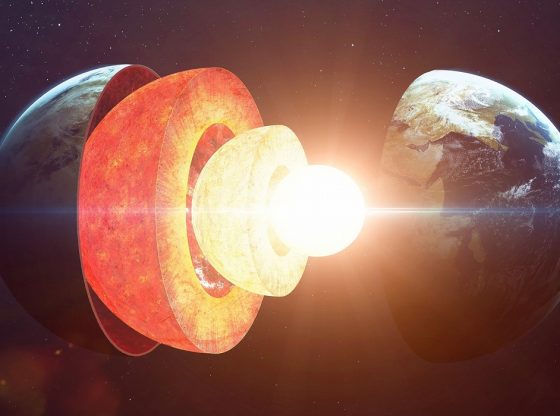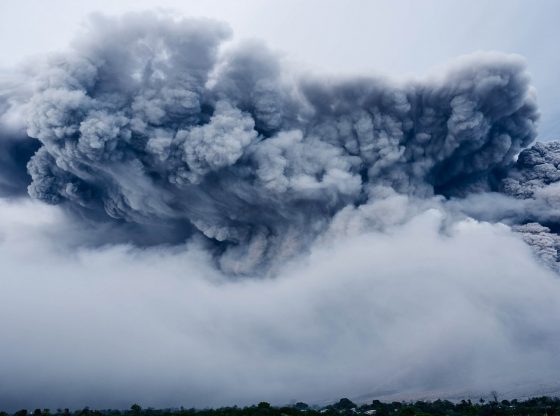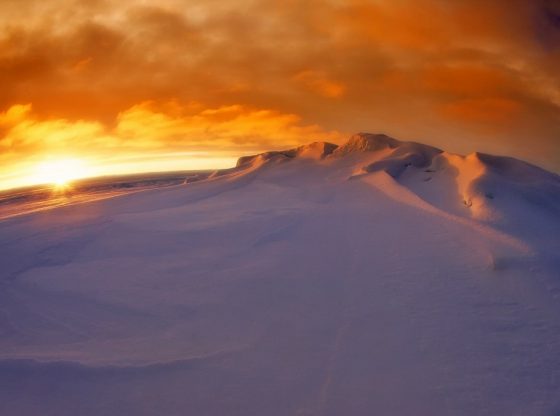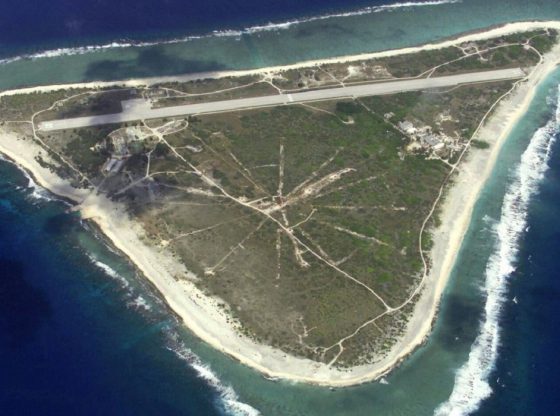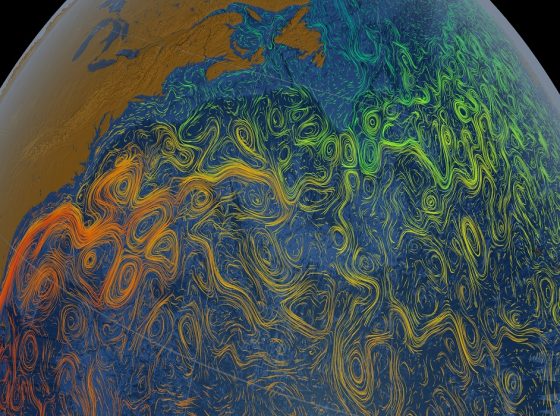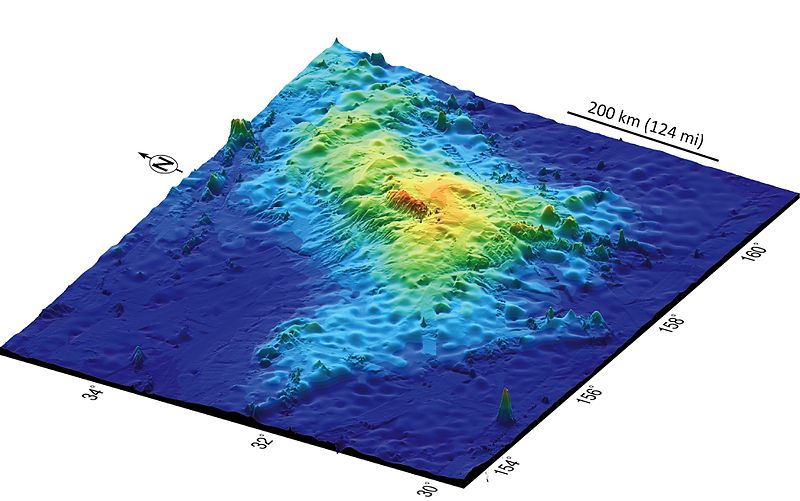
A newfound volcano appears to be the largest on Earth. Located in the Pacific Ocean 1600 kilometers (994 miles) east of Japan.
The volcano named Tamu Massif rises 3,5 kilometers high above the ocean floor. It appears to be the largest on Earth, and perhaps even among the largest in the whole solar system.
It was found by researchers at the Texas University who set about to examine ocean floor formations and identified those as an immense volcano. By doing so, they got the honor to name it. Tamu for the abbreviation of Texas A&M University, while massif is the French word for “massive” and a scientific term for a large mountain mass.
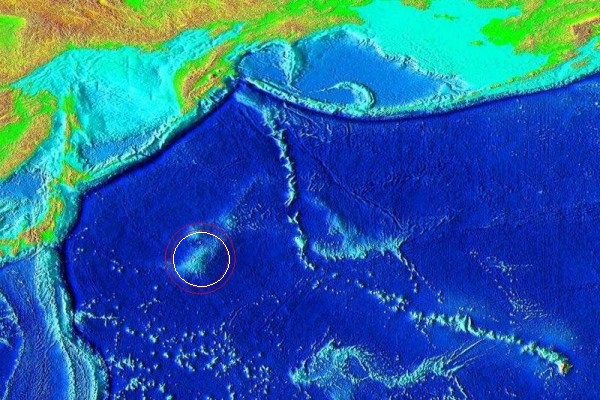
As they came to realize that the formation is indeed a single large volcano, they quickly noted how truly immense it is, covering an area of 310,000 km^2, the size of Great Britain and Ireland together.
The volcano is larger than any other on earth and possibly even measure up to the largest assumed volcano in the whole solar system, the volcano Olympus Mons on the planet Mars.
The researchers conclude that the volcano arose 144 million years ago, so the risk that it becomes active again is very remote. As a researcher describe the finding, “What is unusual about the volcano is its slope – it’s not high, but very wide, so the flank slopes are very gradual,”. “Its shape is different from any other sub-marine volcano found on Earth, and it’s possible it can give us some clues about how massive volcanoes can form. An immense amount of magma came from the center, and this magma had to have come from the Earth’s mantle. So this is important information for geologists trying to understand how the Earth’s interior works.”
_______________
World’s Largest Volcano Now Named TAMU
______________________________

